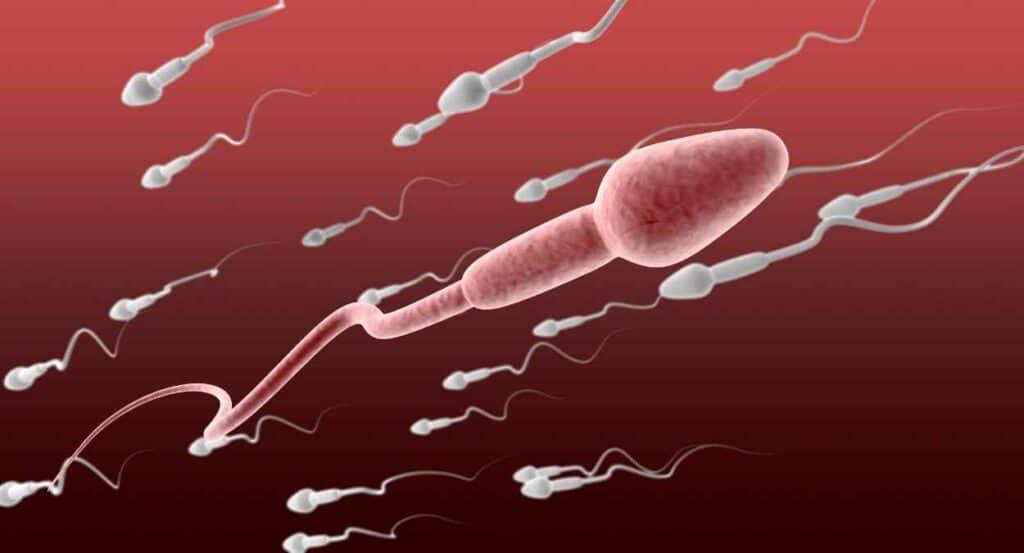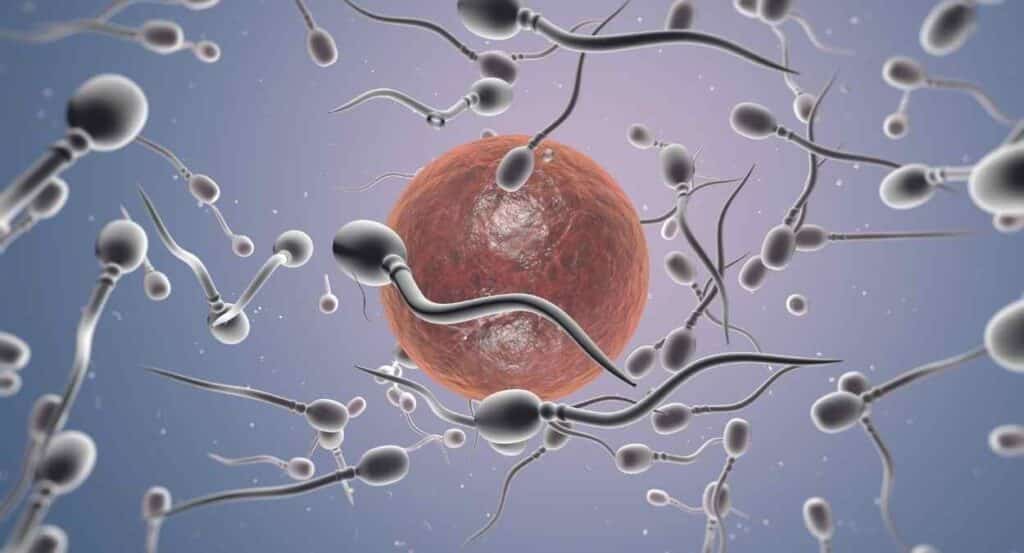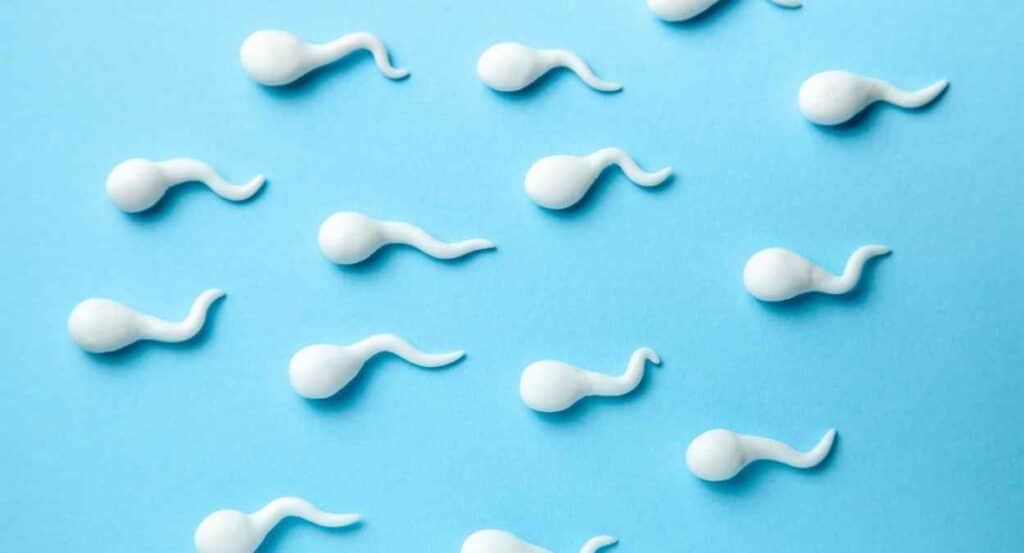{sperm motility, ultrasound waves, fertility treatment, IVF, sperm speed, odd elasticity, mitochondria, microscopic movement}
What is the Problem with Slow Sperm?
For couples trying to have a baby, slow-moving sperm can be a major obstacle. Sperm that don’t swim fast enough often have trouble reaching and fertilizing the egg. This can lead to infertility issues.
While there are drugs that can help speed up sperm, these medications may cause damage to the sperm’s DNA. This is a serious concern, as it could affect the health of a potential baby.
In some cases, fertility doctors try to work around slow sperm by collecting healthy sperm from a donor and injecting it directly into the woman’s uterus. But this approach doesn’t address the root cause of slow sperm.

A Surprising Discovery: Ultrasound Waves Can Supercharge Sperm Speed (Sperm Motility!
In a groundbreaking study, researchers at Monash University in Australia found that exposing sperm to ultrasound waves can make them swim much faster.
The team collected semen samples from 50 men. Some of these men had normal sperm movement, while others had slow or non-moving sperm.
The researchers separated the individual sperm cells from the semen samples. They then measured how fast the sperm were swimming before and after exposing them to ultrasound waves for 20 seconds.
The results were astonishing! After the ultrasound treatment, many of the previously non-moving sperm started swimming slowly, and some even began swimming rapidly. In some cases, the sperm’s speed increased by a whopping 266%!
Overall, the number of non-moving sperm in the samples dropped from 36% to just 10% after the ultrasound exposure.
How Does Ultrasound Make Sperm Swim Faster?
The researchers believe that ultrasound waves provide extra energy to the sperm cells, helping to power their movement.
Sperm have tiny structures called mitochondria inside them, which act like little power plants. If the mitochondria aren’t working properly, the sperm can’t swim as fast as they should.
Ultrasound waves seem to help fix any problems in the mitochondria, giving the sperm the extra energy they need to swim more efficiently.

What Does This Mean for Fertility Treatment?
This discovery could be great news for couples struggling with infertility due to slow sperm.
If ultrasound treatment can successfully speed up sperm in these cases, it could increase the chances of the sperm reaching and fertilizing the egg during in-vitro fertilization (IVF) treatment.
This could lead to higher success rates for IVF, reducing the need for multiple expensive and emotionally draining cycles of treatment.
However, before this technique can be used in fertility clinics, more research is needed. Scientists need to test the safety of using ultrasound-treated sperm to create embryos and make sure it doesn’t harm the reproductive cells of the woman.

Odd Elasticity: A Parallel Discovery for Efficient Movement
In another fascinating study, researchers at Kyoto University explored how microscopic organisms like sperm and algae move through thick liquids.
They found that these tiny swimmers have a unique property called “odd elasticity” that helps them move incredibly efficiently, even in viscous fluids.
This odd elasticity is related to the way the swimmer’s tail (called a flagellum) interacts with the fluid around it. It allows the swimmer to generate propulsive forces in a more energy-efficient manner, defying the usual laws of motion.
Understanding this odd elasticity could inspire the design of tiny robots that move in a similar, highly efficient way. These robots could navigate through complex environments, like the human body, with improved maneuverability and energy conservation.
The Future of Fertility and Robotics?
These scientific discoveries are not only exciting breakthroughs but also potential game-changers for various fields.
From improving human fertility to inspiring the design of advanced robots, the applications of these findings could be far-reaching and impactful.
As we continue to unravel the mysteries of life at a microscopic level, we may find solutions to some of the most perplexing problems in biology and physics, paving the way for innovations that could transform our world.

Frequently Asked Questions (FAQs)
Q. What is the significance of odd elasticity in microscopic organisms like sperm?
Odd elasticity refers to the unique way these tiny swimmers interact with fluids, allowing them to move efficiently through viscous environments. Understanding this property could lead to designing advanced robots with similar energy-efficient motion.
Q. Can ultrasound treatment be used for all types of male infertility?
The current research has focused on improving sperm motility, but more studies are needed to determine if ultrasound can be effective for other causes of male infertility.
Q. How long does the increase in sperm speed last after ultrasound exposure?
The duration of the improved sperm motility after ultrasound treatment is not yet clear and requires further research to determine the long-term effects.
Q. Could ultrasound waves damage sperm cells or female reproductive cells?
While the initial research has shown promising results, additional studies are needed to assess the safety of using ultrasound-treated sperm for creating embryos and ensure no harm to the reproductive cells.
Q. How can the concept of odd elasticity be applied in robotics?
Understanding odd elasticity can inspire the design of micro-scale robots that mimic the energy-efficient movements of microscopic organisms, leading to improved maneuverability and navigation in complex environments like the human body.
Q. What are the potential limitations of using ultrasound to enhance sperm motility?
While improved sperm motility could increase the chances of successful fertilization, other factors such as the woman’s age, ovarian reserve, and overall health, as well as the quality of the embryos produced, can also impact the success of fertility treatments.
Q. How do ultrasound waves improve sperm motility?
Ultrasound waves provide extra energy to sperm cells, compensating for any issues with their mitochondria and powering their movement.
Disclaimer:
This article is based on scientific research and does not provide medical advice. If you have concerns about fertility, please consult a healthcare professional.






























